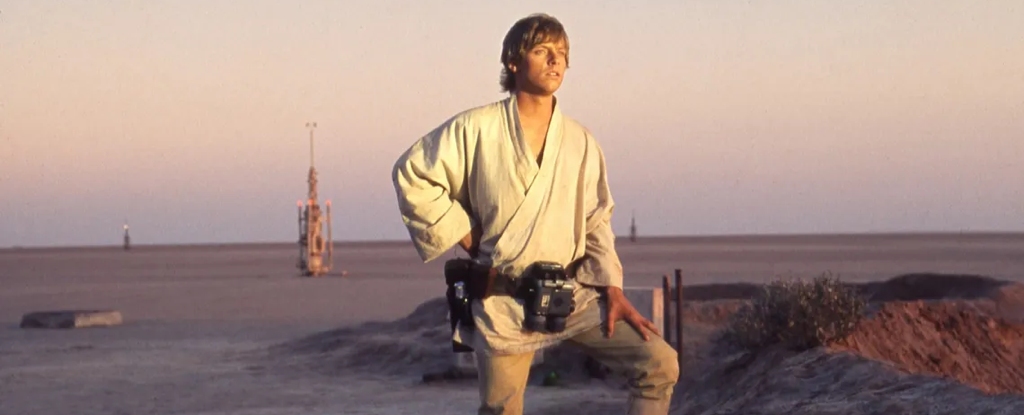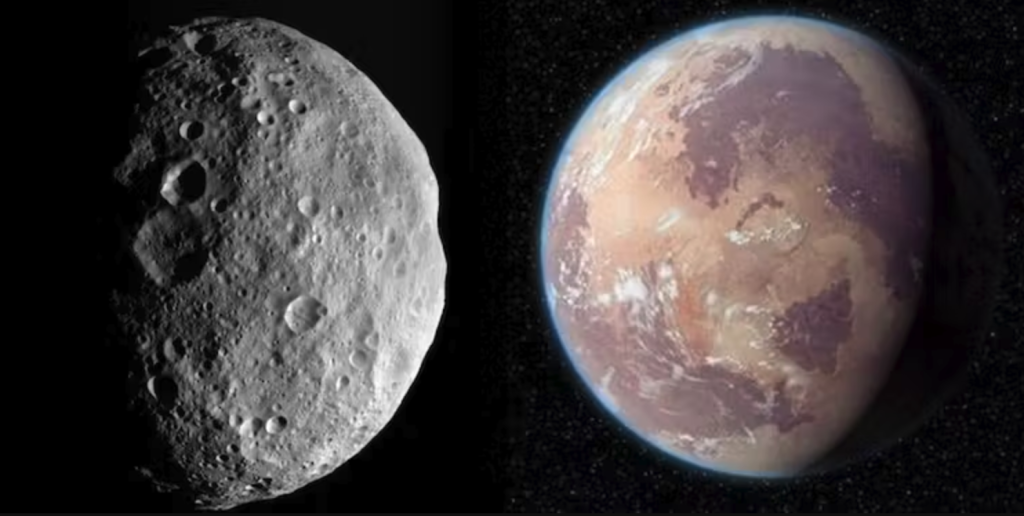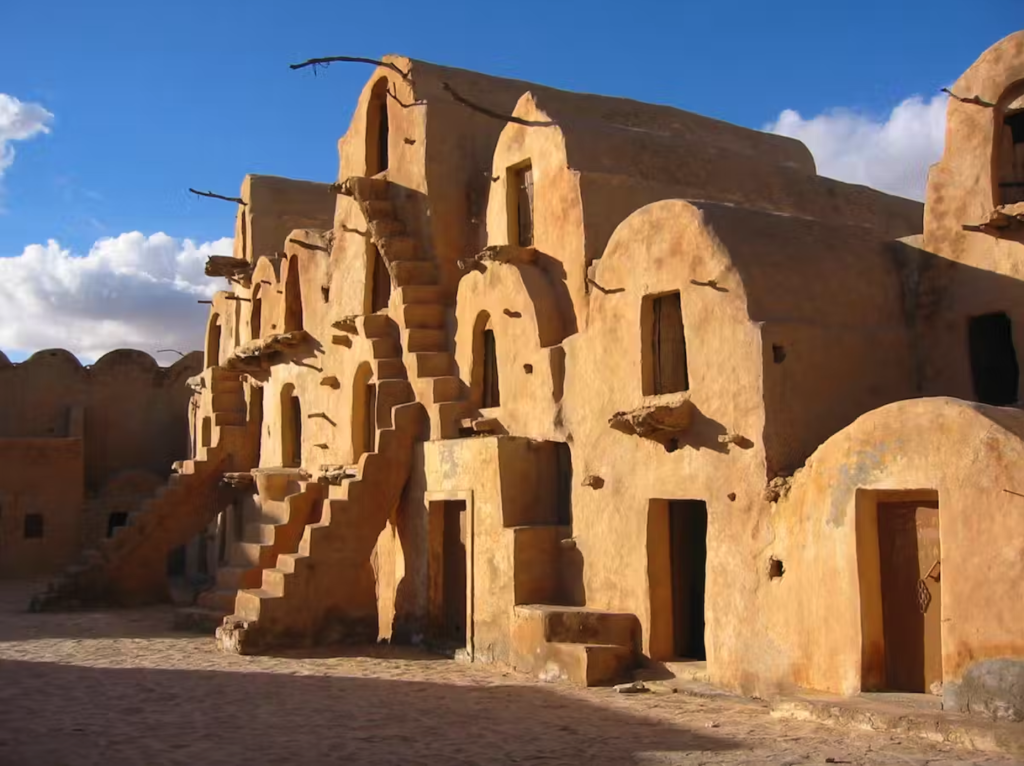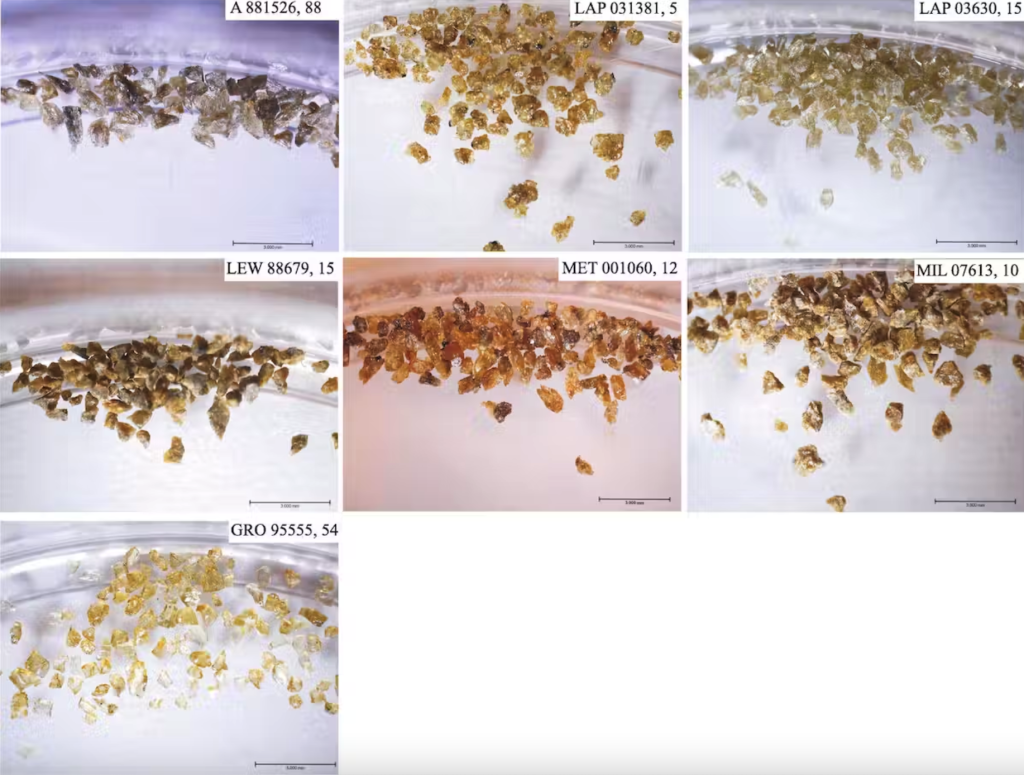
Residents marveled as a dazzling fireball erupted, showering the city of Tatahouine, Tunisia, with numerous meteorite fragments on June 27, 1931.
Interestingly, the city eventually emerged as a prominent filming site for the Star Wars film series. The arid climate and timeless villages served as significant inspiration for director George Lucas, prompting him to christen the fictional home planet of Luke Skywalker and Darth Vader as “Tatooine.”
The enigmatic 1931 meteorite, classified as a rare type of achondrite (indicating melting), specifically a diogenite, is not a fragment from Skywalker’s fictional home planet. Nevertheless, it shares its name with the city of Tatahouine.
Presently, a recent study has uncovered significant revelations about the meteorite’s origin and its connection to the early Solar System.

Lucas chose Tatahouine as the filming location for various Star Wars scenes, including Episode IV – A New Hope (1977), Star Wars: Episode I – The Phantom Menace (1999), and Star Wars: Episode 2 – Attack of the Clones (2002). Numerous iconic scenes, detailed in this article, were captured in Tatahouine, featuring locales like “Mos Espa” and the “Mos Eisley Cantina.”
Mark Hamill, the actor renowned for portraying Luke Skywalker, fondly recollected the filming experience in Tunisia during a conversation with Empire Magazine: If you could get into your own mind, shut out the crew and look at the horizon, you really felt like you were transported to another world

Composition and origin
Diogenites, named in honor of the Greek philosopher Diogenes, represent igneous meteorites—rocks that solidified from lava or magma. These meteorites originated deep within an asteroid, experiencing gradual cooling that led to the development of relatively large crystals.
Tatahouine is no anomaly, harboring crystals as large as 5mm with intersecting black veins running throughout the sample. These black veins, termed shock-induced impact melt veins, stem from elevated temperatures and pressures induced by a projectile colliding with the surface of the meteorite’s parent body.
The existence of these veins and the arrangement of pyroxene grains (minerals comprising calcium, magnesium, iron, and aluminum) indicate that the sample underwent pressures reaching up to 25 gigapascals (GPa) of pressure.
For perspective, the pressure at the deepest point of our ocean, the Mariana Trench, is only 0.1 GPa. Hence, it’s evident that this sample has undergone a substantial impact, experiencing pressures far surpassing those found at the bottom of the ocean.
Through the analysis of the spectrum (the reflection of light off their surface, divided by wavelength) of meteorites and comparing it to asteroids and planets within our Solar System, it has been proposed that diogenites, including Tatahouine, have their origins traced back to the second largest asteroid in our asteroid belt, recognized as 4 Vesta.
This asteroid holds captivating and significant insights into the early Solar System. Numerous meteorites originating from 4 Vesta are remarkably ancient, dating back approximately ~4 billion years. Consequently, they provide a unique window into the past events of the early Solar System that remain beyond our direct observation here on Earth.
Violent past
The recent study delved into 18 diogenites, including Tatahouine, all sourced from 4 Vesta. The authors employed “radiometric argon-argon age dating” techniques to ascertain the ages of the meteorites.
This determination involves examining two distinct isotopes (variants of elements with nuclei containing differing numbers of particles known as neutrons). Scientists understand that a specific argon isotope in samples increases over time at a known rate. This knowledge aids scientists in estimating the age of a sample by analyzing the ratio between two different isotopes.
The team also examined deformation resulting from collisions, commonly known as impact events, utilizing a form of electron microscope technique known as electron backscatter diffraction.

Through the integration of age dating techniques and the microscope method, the authors successfully mapped the timeline of impact events on 4 Vesta and in the early Solar System. The study indicates that 4 Vesta underwent continuous impact events until approximately 3.4 billion years ago, culminating in a catastrophic event.
This catastrophic event, possibly involving another colliding asteroid, led to the formation of multiple smaller rubble pile asteroids known as “vestoids“. Unraveling large-scale impact events like this exposes the hostile nature of the early Solar System.
These smaller celestial bodies underwent additional collisions, resulting in material hurtling towards Earth over the past 50 to 60 million years – a phenomenon that includes the fireball incident in Tunisia.
In conclusion, this research underscores the significance of studying meteorites, as impacts have significantly influenced the evolution of asteroids within our Solar System.
This article has been reissued from The Conversation under a Creative Commons license.





